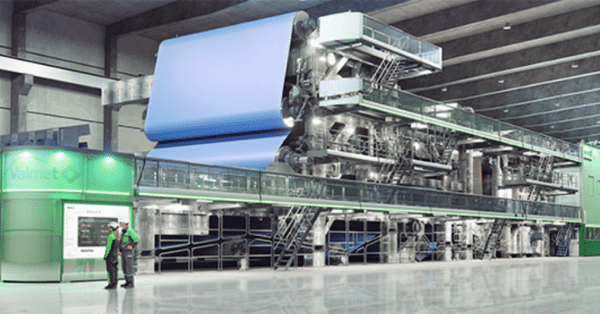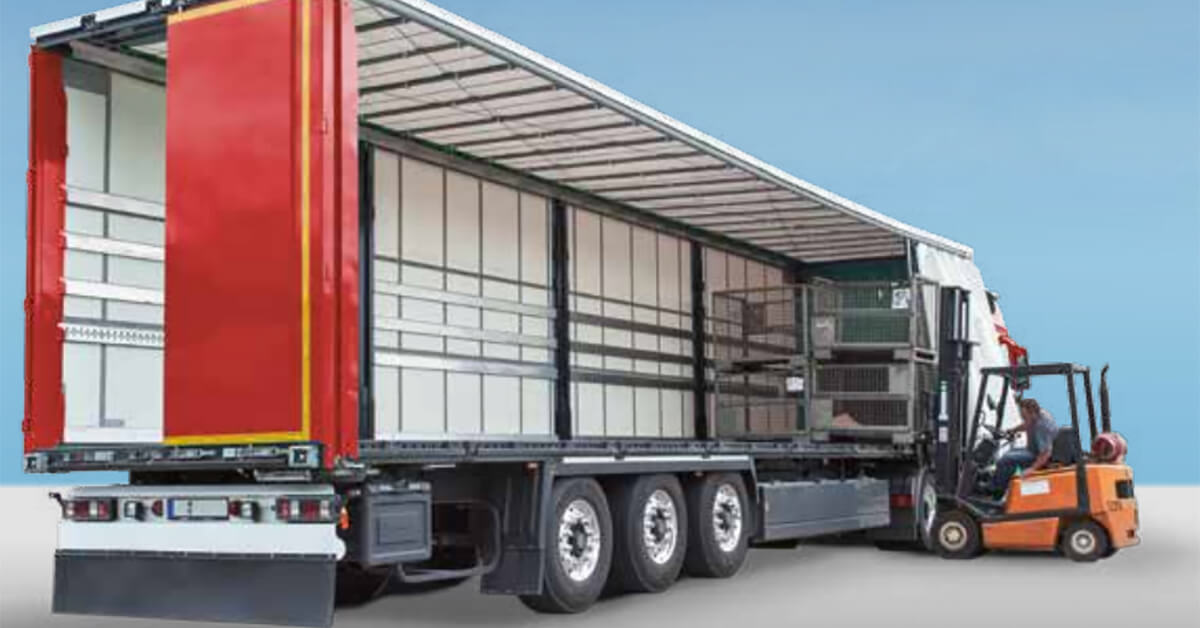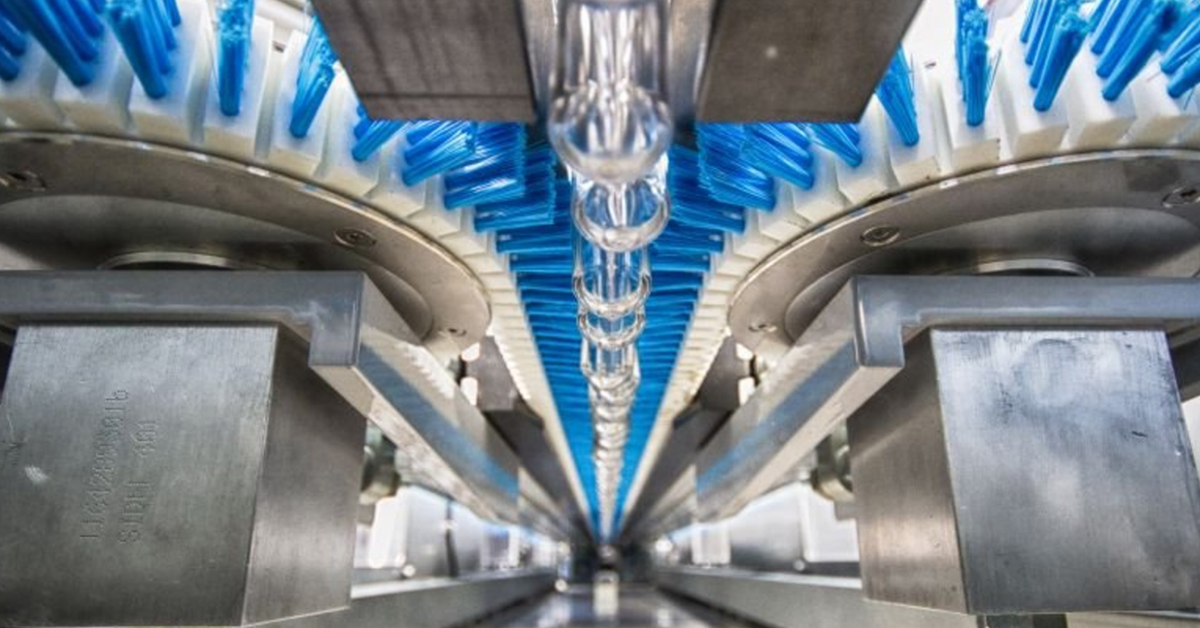The Quietest Heat Pump
Case
Bosch

Bosch Home Comfort is a division of the Bosch Group. The company is a leading supplier of building heating products and hot water solutions.
Electric heat pumps are most commonly used in Scandinavia and Northern Europe including the UK. Tranås, Sweden is the location of Bosch Home Comfort’s competence center and manufacturing of electric heat pumps. In 2005, the original Swedish company, IVT, was acquired. Today, new heat pump concepts based on various technologies are being developed and manufactured under several different brands, most well-known: Bosch, IVT, Junkers and Buderus. Product brands were deployed regionally and differentiation was primarily limited to look and feel.
In Sweden, IVT branded products are sold through the own wholesalers and other through independent distributors. In other countries like Germany the branded products are sold through independent distributors including specialized dealers and big box stores. Annual revenue is around 100 MEUR. Final assembly of all electric heat pumps occurs in Tranås where components and sub-assemblies are sourced globally. The site employs about 320 people in both manufacturing and product development.
Bosch Home Comfort’s heat pump businesses faced a number of challenges, including lower profitability, more low-cost competitors, complex range of product options and large inventories.
Bosch Home Comfort implemented a modularity program supported by Modular Management and achieved dramatic results: 60% fewer part numbers, 40% reduction in inventory, and a stunning improvement in productivity – 50% reduction in assembly time and 66% less floor space.
The simplified designs generated highest in class energy efficiencies, the quietest heat pump ever built by the company, and five new patents. The product cost was reduced by 44%, which enabled a large increase in profitability and price competitiveness, and this led to double digit market growth once the product hit the market.
Summary
Creators of the Quietest Ever Heat Pump
Bosch Home Comfort heat pump business faced a number of challenges, including lower profitability, low-cost competitors, a complex range of product options and large inventories. And then Bosch Home Comfort implemented a modularity program supported by Modular Management.
Business Value
The simplified designs generated highest in class energy efficiencies, the quietest heat pump ever built by the company and five new patents. The program also enabled a large increase in profitability and price competitiveness, with double-digit market growth generated once the product hit the market. The division experienced a significant overall improvement in productivity.
KPIs
44% reduction in product cost60% fewer part numbers
40% reduction in inventory
50% reduction in assembly time
66% less floor space.
Full Story
Business Situation
In the 1970s, IVT pioneered liquid-to-water technology which integrates a liquid circuit under the ground with a heat pump in the building. This made a giant leap in efficiency that allowed consumers to easily justify a higher price. Being first to market, the company grew with high profitability for many years. As time moved on, competitors introduced similar products and the efficiency of competing technologies was improved.
In order to maintain its market leadership position, Bosch Home Comfort expanded its portfolio to include products based on air-to-water and air-to-air technologies. These technologies exchange heat directly with the outside air and require fewer components and simpler installation. They are lower priced and deliver lower levels of efficiency. System components are sourced from suppliers in Asia, and the profit margins were significantly less than Liquid-to-water systems.
With expansion into new markets and at the same time declining home market Sweden overall profitability for the business unit declined. A broader portfolio coupled with the need to offer multiple brands led to a very high complexity.
In 2011, the management team decided to make significant improvements in response to the declining business situation. It would develop its own air-to-water product family in Tranås that would leverage many fewer components and unique part numbers into a similar breadth of products using a Modular Product Architecture, which would replace the two own platforms for air-to-water heat pumps (Optima and Premium Line). They planned for significantly fewer parts and less finished goods inventory. They also need to significantly reduce direct material costs.
Product Marketing & Management
The product family of air-to-water consisted of, the two own platforms complemented by OEM sourcing. The team had little ability to make changes to the products and there was virtually no difference with the products of the competitors. Consequently, the marketing team was focused primarily on the Liquid-to-water product niche.
The team was also challenged with prioritizing between tactical (short term) and strategic (long term) activities. Marketing attention and development resources were often pulled from ongoing NPD projects in reaction to competitive threats and quality problems.
Product Design & Engineering
Since the air-to-water technology was partly OEM-sourced, the technical knowledge in these products was limited. The primary area of this limited knowledge was the out-door unit of the system. A system is comprised of both an indoor and outdoor unit. There was limited control over the design of the remainder of the system. Even if marketing identified an opportunity for a new product, it was very difficult for the team to deliver a new product in the required time frame.
Before the decision was made to develop the new product family, the Tranås site began a transition to the new Bosch product development process called TTM. This provided the development team a clear process, but it added a level in learning necessary, to complete the design.
Product Operations
The indoor unit, in particular, was an operational challenge. Many indoor units had been designed to meet the range of customer needs resulting in a complex range of options and many different part numbers. It was not possible to present incoming components at point-of-use in a good way. A lot of space was required for final testing because there was no way to support the testing of sub-assemblies.
It was also difficult to run small batches of a product variant, even though a business model with multiple brands, required it. This problem was further compounded by the fact that the brand variant was determined at the beginning of the value chain. The result, huge finished goods inventory and obsolescent products in the worst case.
Goals for the Modular Architecture
Before creating the Modular Product Architecture for the Air-to-water product family, the management team at Bosch Home Comfort formulated plans to turn their company strategy and market objectives into a program plan with a supporting business case.
Revenue Growth
Bosch Home Comfort recognized the opportunity to gain market share by offering an Air-to-water system with increased efficiency. No significant efficiency gains had been made with this technology in recent years and a product leadership position would be achieved to whoever accomplished this. They also needed the ability to offer lower priced variants to better defend against new competitors.
Profitability Improvement
The air-to-water product line delivered the second lowest profitability of the three heat pump technologies. Significantly improved profitability would be achieved by having lower complexity. Without a reduction in the number of product variants available for the market, the goal in a part number count reduction was at 50%. Fewer parts mean more reuse of parts and more time to design for lower cost. A 50% reduction of direct material cost was planned across the product family.
A significant reduction of inventory was also planned by the management team. With less variety of parts and higher volumes, the components in stock could be reduced by 30%. Finished goods inventory would also be reduced.
Business Results
In 2014, the new AirX heat pump product family was introduced to the market as the most efficient air-to-water system in the Nordic market. This was confirmed in by an independent Danish test institute. It was also, at normal speed, the quietest Air-water heat pump ever built by Bosch. The result of being the most effective heat pump in the market resulted in double digit market share growth immediately after the product launch.
The new product family also achieved almost all of the profitability goals including an overall part number count reduction of 60% when compared to the old Air Optima product family. Part number reduction for the outdoor unit have been from 650 to 213 parts, achieving a 67% reduction. Indoor unit part numbers have been reduced with 40% (240 to 145 parts). Consequently, they expect component inventory to be reduced by 40%.
Overall, counting all part numbers for all heat pump products, Bosch Home Comfort is now at 19% modularity. They are currently working to launch two new modular platforms, partly based on the first AirX platform. The long term goal is to have all products in a Modular Product Architecture.
The planned product cost (PPC) for the outdoor unit was significant better, 44% better. About 10% of the saving was attributed to a doubling the volume of components giving a larger scale to Bosch Home Comfort suppliers. The other 90% of the saving was due to smarter design and new production methods. The original target cost reduction was reached, and the team was very pleased to achieve this kind of reduction and on the same time significantly increasing the performance level of the heat pump.
Product Marketing & Management
Between 2011 and 2014 Bosch Home Comfort experienced saturation of the liquid-to-water heat pump market and a shift in product mix to lower margin products, resulting in less sales and profit.
However, the team responded by planning and developing a new and efficient product family to addressed many of these challenges. They invested to increase the market knowledge and develop product roadmaps to fill the existing assortment gaps. They have now acquired the know-how and lots of success to build upon.
During this period, the belief in modularity as the way forward for the heat pump products is actively supported by the marketing team and top management.
Product Development Engineering
A total of five innovations have been patented for the AirX modular heat pump. They team implemented variable speed compressor technology to control and minimize energy use. The team has also change the approach to accomplishing a range of system capacities.
Depending of the heat pump capacity, different sizes of heat exchangers are needed. This normally means a lot of different evaporator variants. In the AirX modular system, a common frame to hold the coil and fin packages was developed with standardized interfaces to the surrounding systems.
Product Operations
The launch of the AirX modular system was coupled with a revolution in the approach to the production system. The system was planned and implemented in parallel with the product development and overall costs have been greatly reduced. Compared to the previous system, the number of operators has been reduced by 75% and the throughput times have been reduced by 90%. Furthermore, the overall floor space has been reduced by 66% (see Figure 1): 70% for the outdoor unit product line and 40% for the indoor unit product line.
Modules are now sourced as sub-assemblies from suppliers based on their strategic intent. Some common modules are sourced for lowest cost and some are sourced locally. By focusing on the assembly of modules, the module variants to be assembled are presented to the line in Kanban systems. This in addition to clean and simple fixtures, has resulted in a dramatic improvement in productivity with shorter change over’s, short assembly time and very high quality.
The production has been further decoupled from the specific brands using extremely late-point differentiation. From the Tranås plant, a generic heat pump is sent to the customer together with a branded design kit. This eliminates the finished goods inventory of branded heat pumps which was a huge problem before. In addition, market volumes can now be better forecasted than before, reducing lead times, inventory and cost.
Modular Architecture in Action
The fan is key component in the outdoor unit moving air through the heat exchanger. In the past, fans were mounted in the product using many different styles of fabricated brackets. The fan must also be insulated, but this was mostly done as an afterthought in the design. It was placed wherever open space existed.
During the process of creating and optimizing the Modular Product Architecture, the team closely examined the technical solutions interacting with the fan. They discovered that the functions of supporting and insulating the fan could be accomplished with a single set of modules. These modules would have a standardized interface to the fan and to the rest of the structure in the unit. A single design to the module set could be used and scaled for the different sized units.
With this higher level of part commonality, the team determined that they could produce it with techniques reserved for higher volume components. It became a molded part that was constructed of expanded polypropylene (EPP). 30 parts have been reduced to 2 parts and corresponding resulting the complexity cost has been reduced to 1/15.
The same concept was used to hold and insulate the indoor unit’s water tank, saving numerous components, cost and heating energy.





